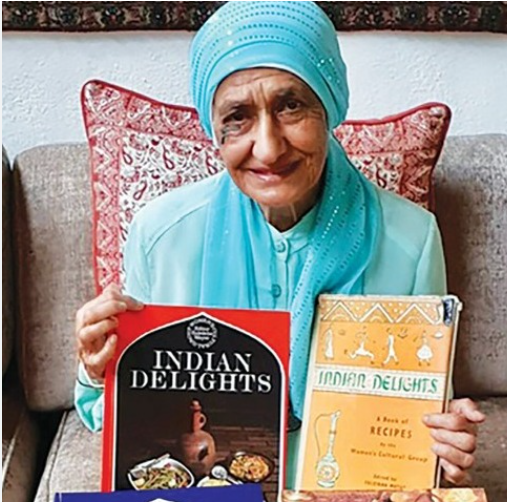Queenstown was founded in 1853. It was intended to be a Military Outpost designed to protect the British subjects from attack during the time of the Frontier Wars.
The Town was laid out around a central hexagon, which was to be the Lager, to which the citizens would flee in time of trouble. Although still a distinguishing feature of the Town today, the hexagon was never used for its intended purpose.
Queenstown is now renamed: Komani. This is derived from Queenstown being a Town on the Komani River, 205 km North-West of East London.
It was laid out in 1853. Municipal Status was only attained in 1855 and named after Queen Victoria of England.
Queenstown is located in the middle of the Eastern Cape Province. This Town has become the supplier of most of the merchandise needed by the farmers, in the District. It was known for the quality of its wagon Building and for the general quality of its (often) imported merchandise. Educational Institutions have also flourished, for the increasing Population.
In the late 19th Century, Queenstown prospered, and the Local sand-stone, Public Buildings were built and most of them are still standing today. The magnificent Town Hall facade, (in the Featured Photo) is an example, as are the Methodist Church, the Anglican Church and the Dutch Reformed Church.
After the World Wide Depression in the 1920's, Queenstown once again entered a period of prosperity while still acting as a supply and Educational Center for surrounding Farmers and smaller Towns. After 1948, and the beginning of the Apartheid era, the District changed character, as white owned Farms were bought out and the land incorporated in the Transkei and Ciskei and settled them with people.
Mlungisi (the traditional "Location") has been incorporated into Queenstown since 1984. Mlungisi was perhaps best known as a training ground for Political Activists and also for the dedication of its School teachers. For example, President Thabo Mbeki. Mlungisi was demonstrated by the residents participation in a consumer boycott in 1985. The motivating factor was the atrocious conditions pertaining in the township.
Ezibeleni was a Town established near Queenstown in the 1960's as part of a master plan to move all Black people to the Homelands. It was incorporated into Queenstown after 1984. The Lukhanji Municipality came into being on 5 December 2000 and includes Queenstown, Whittlesea, Sada, Lesseyton and surrounding Rural Areas.
HERITAGE SITES OF QUEENSTOWN/KOMANI:
THE HEXAGON
Queenstown’s original hexagon layout is unique in the World and was planned to enable the defence of the settlement along each of the streets, radiating like the spokes of a wagon wheel from the central point. Fortunately it was never necessary to fire a shot in anger. Subsequently, the Hexagon became a market place and later, with its beautiful fountain and garden, was declared a National Monument.
TOWN HALL
The Town Hall foundation was laid in 1882 with the clock tower added in 1897 to commemorate Queen Victoria’s Diamond Jubilee. In addition to being the venue for theatrical and other productions, it still houses the Municipal Offices and seats the Town Council, the purpose for which it was built.
FRONTIER MUSEUM
The Museum was built as a School but now houses, among many other interesting exhibits, a fully rebuilt and furnished frontier cottage. The History of the Area is exceptionally well documented and illustrated in the most interesting manner. In the grounds is a 1921 British-built steam locomotive that was used to pull the Royal train when King George VI, Queen Elizabeth and the Princesses Elizabeth and Margaret visited Queenstown in 1947. There is also a stone drinking fountain for horses, dating back to the Victoria era. The Museum is open Monday to Fridays from 08h30 to 12h45 and 14h00 to 16h45 (except on Wednesdays) and by appointment any other hours.
QUEENS COLLEGE
The original part of Queen’s College in Berry Street, which in Autumn is a magnificent sight in its mantle of Virginia creeper, is another reminder of the Town’s proud Heritage.
OLD MARKET BUSINESS PLAZA
Queenstown’s Hexagon has been a centre of commercial activity for the surrounding farming area since the early nineteenth century when it was used as a marketplace for selling produce. The Old Market building on the West side of the Hexagon which now houses the Business Plaza complex replaced an earlier open-sided structure in the 1850’s. The market building was threatened with demolition in 1884. It was saved by public pressure and declared a National Monument. In 1989 the building was redeveloped by the Small Business Development Corporation and now comprises of commercial outlets.
THE BULHOEK MASSACRE SITE
This site, 45 km from Queenstown, is where 183 members of the Israelites an African religious sect, were gunned down by police on 24 May 1921 during a clash over land issues.

